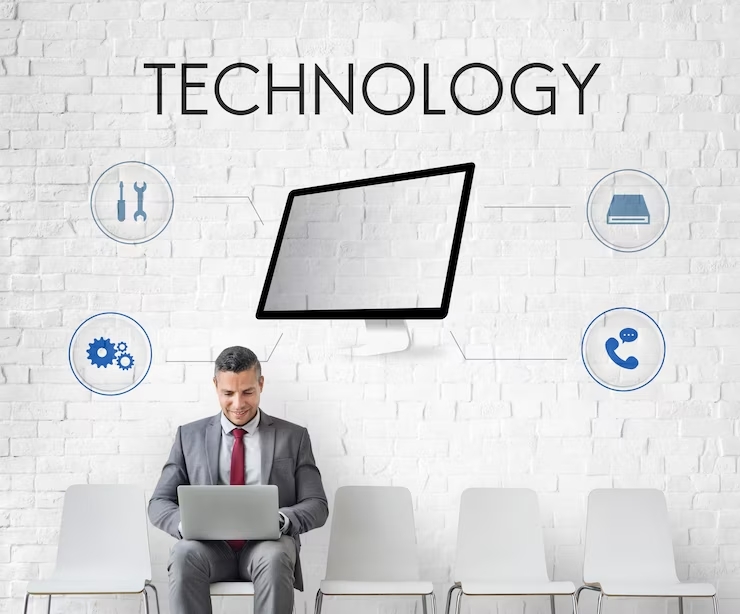How To Get Resilience with an Effective Tech Strategy


How to Build Resilience with an Effective Technology Strategy
In today's rapidly evolving business landscape, it is crucial to have a well-defined technology strategy in place to stay ahead of the competition. While unforeseen events such as natural disasters or economic downturns can prompt businesses to reassess their strategies, it is prudent to proactively develop a technology plan that can build resilience and prepare your company for any unforeseen challenges. A well-planned technology strategy can help your organization to rapidly adapt to changing circumstances, maintain business continuity, and ensure that critical operations and services continue to function. It also enables organizations to leverage technology to improve efficiency, reduce costs, and enhance customer experiences.
This article will touch on seven key steps to developing a robust technology strategy critical for all industries to build resilience.
1. Mitigate Cyber Threats
With the rise of digital transformation and remote working, cyber threats have become more sophisticated and prevalent. The costs of data breaches and cyber-attacks can be enormous and, in some cases, can even result in the loss of the company. As a business leader, it is your responsibility to ensure that your company has a robust cybersecurity system in place.
2. Automate Business Processes
Automation can increase efficiency and reduce costs, which is essential in the current economic climate. By automating business processes, you can free up employees to focus on more strategic tasks, which can improve productivity and reduce errors.
3. Implement backup systems
Having a back-up system provides redundancy and mitigates the impact of failures or disruptions. By having a secondary system in place, organizations and individuals can continue to operate even in the event of a primary system failure, increasing their ability to recover and maintain normal functioning.
4. Focus On Your Company's Needs
Rather than spending time and money on the best software on the market just because everyone has it, think critically about your business requirements and then focus on finding the best technology to support those needs. And once you have installed it, customize it to suit your unique business requirements.
5. Improve Employee Experience
Providing employees with the tools to create a better working experience is another step toward building resilience with technology. Employees are the backbone of any company, and their satisfaction and productivity are crucial to the business's success. You can improve their experience and increase their productivity by providing them with modern and efficient tools. This can lead to a more motivated workforce, which can result in increased revenue and customer satisfaction.
6. Meet Consumer Expectations
In today's world, consumers expect a low-friction experience with a company or brand. This means they expect their interactions with your company to be easy, seamless, and personalized. To meet these expectations, you need to have reliable and resilient technologies in place. By leveraging technology, you can offer personalized experiences, streamline processes, and provide a seamless customer experience.
7. Use Data In Your Decision Making
Whether managing service delivery or a supply chain, measuring everything and understanding insights are critical for resilience. When external events happen, like a financial or health crisis, you can draw on those insights to respond and pivot quickly and effectively. By using data to drive decision-making, you can make informed decisions that are based on facts rather than assumptions.
By taking a proactive approach and implementing an effective technology strategy using the steps above, you will find your business will be more agile, allowing you to adapt and respond to the unexpected quickly and efficiently, which will position your company for success in a rapidly changing business landscape.

